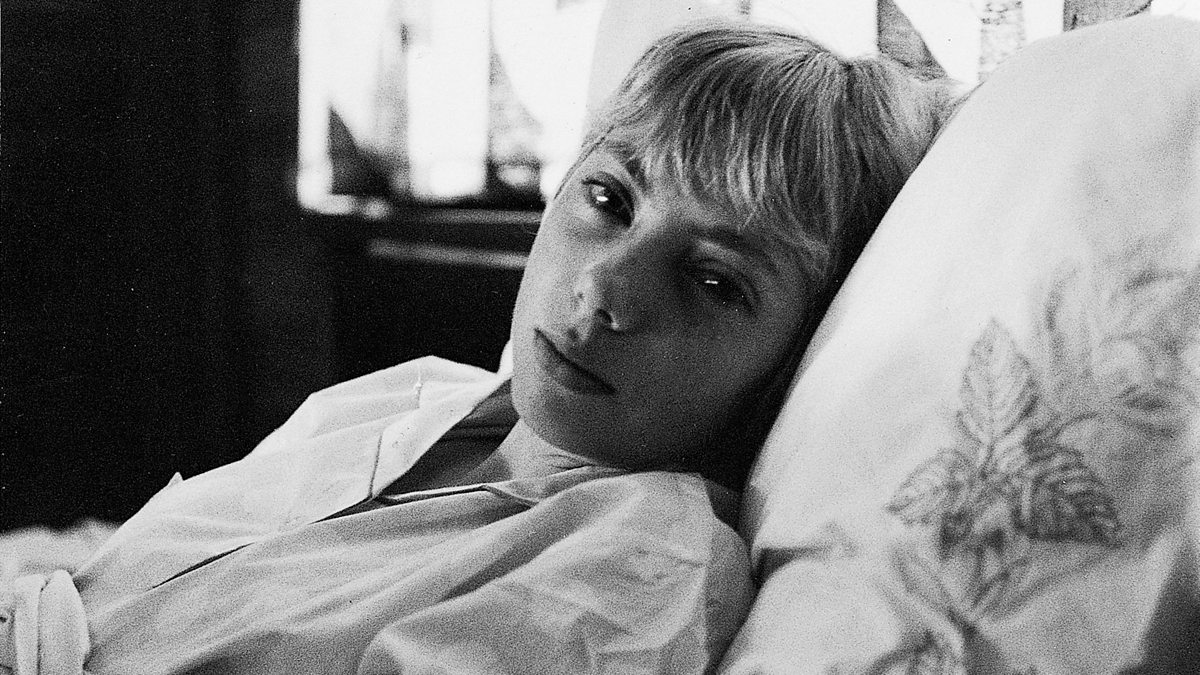
How did a 17-year-old girl survive a plane crash and 11 days alone in the Amazon rainforest? Juliane Koepcke's story is one of incredible resilience and survival. Born on October 10, 1954, in Lima, Peru, to German zoologists, Juliane grew up in the Amazon, learning vital survival skills. On December 24, 1971, she and her mother boarded LANSA Flight 508, which tragically crashed. Juliane fell 3,000 meters into the jungle, sustaining injuries but miraculously surviving. Alone, she navigated the dense forest for 11 days before being rescued. Her unique upbringing and knowledge of the jungle played a crucial role in her survival.
Key Takeaways:
- Juliane Koepcke's upbringing in the Amazon rainforest equipped her with essential survival skills, enabling her to endure a harrowing 11-day ordeal after a plane crash.
- Despite the tragic plane crash, Juliane Koepcke's resilience and deep knowledge of the jungle ecosystem played a crucial role in her miraculous survival and subsequent contributions to the field of mammalogy.
Early Life and Family Background
Juliane Koepcke's story begins with a unique upbringing that set the stage for her incredible survival tale.
- Juliane Margaret Beate Koepcke was born on October 10, 1954, in Lima, Peru.
- Her parents, Maria and Hans-Wilhelm Koepcke, were German zoologists working at Lima's Museum of Natural History.
- Hans-Wilhelm Koepcke had a deep passion for the Amazon rainforest, which led him to establish the Panguana research station with his wife.
- Growing up in the Amazon, Juliane learned survival skills from a young age, becoming a self-described "jungle child."
Education and Early Experiences
Juliane's education and early experiences were shaped by her unique environment and her parents' dedication to science.
- She was homeschooled at Panguana for several years before moving to Lima to complete her education.
- Juliane graduated from the Deutsche Schule Lima Alexander von Humboldt on December 23, 1971.
- Her upbringing in the jungle gave her a unique understanding of the Amazon ecosystem, which would later prove crucial to her survival.
The Plane Crash Incident
The event that catapulted Juliane into the public eye was the tragic plane crash of LANSA Flight 508.
- On December 24, 1971, Juliane and her mother boarded LANSA Flight 508 to return to Panguana for Christmas.
- A sudden thunderstorm caused the plane to crash in the Peruvian Amazon rainforest.
- Juliane fell approximately 3,000 meters (10,000 feet) into the jungle, still strapped to her seat.
Surviving the Jungle
Juliane's survival in the dense jungle for 11 days is a testament to her resilience and knowledge.
- Despite severe injuries, including a broken collarbone, she managed to survive the fall.
- Juliane woke up alone in the jungle, with no food, water, or shelter.
- She treated maggots in her wounds by pouring gasoline on them, a technique she learned from her jungle upbringing.
- Her knowledge of the jungle helped her find a stream, which provided water and a path to follow.
- Juliane walked in the stream to minimize risks from venomous snakes and other dangers.
- After several days, she found a boat moored near a shelter and used its fuel tank to treat her wounds.
Rescue and Aftermath
Juliane's rescue marked the end of her harrowing ordeal but the beginning of a new chapter in her life.
- Local lumberjacks rescued her on January 3, 1972, after 11 days in the jungle.
- The crash killed 92 people, including Juliane's mother, Maria Koepcke.
- Juliane assisted search parties in locating the crash site and recovering the bodies of the victims.
- Her mother's body was discovered on January 12, 1972.
Academic and Professional Career
Juliane's experiences did not deter her from pursuing a career in science, following in her parents' footsteps.
- She returned to Germany to recover from her physical injuries and continued her education.
- Juliane studied biology at the University of Kiel, graduating in 1980.
- She received a doctorate from Ludwig Maximilian University of Munich, specializing in mammalogy, particularly bats.
- Her thesis, "Ecological study of a bat colony in the tropical rain forest of Peru," was published in 1987.
Personal Life and Legacy
Juliane's personal life and legacy are marked by her contributions to science and her incredible survival story.
- In 1989, Juliane married Erich Diller, a German entomologist specializing in parasitic wasps.
- After her father's death in 2000, she took over as the director of Panguana research station.
- Juliane's research focused on the ecological study of bat colonies in the tropical rainforest.
- Her work contributed significantly to the field of mammalogy, making her a respected figure in her field.
Media and Recognition
Juliane's story has captivated the public imagination and earned her numerous accolades.
- She wrote an autobiography titled Als ich vom Himmel fiel: Wie mir der Dschungel mein Leben zurückgab (When I Fell from the Sky: How the Jungle Gave Me My Life Back), released in 2011.
- The book won the Corine Literature Prize in 2011.
- Her survival story has been the subject of numerous books and films, including the low-budget film I miracoli accadono ancora (1974) and Werner Herzog's documentary Wings of Hope (1998).
- Herzog's documentary is notable because he was scheduled to be on the same flight but changed plans last minute.
- In 2019, the government of Peru made Juliane a Grand Officer of the Order of Merit for Distinguished Services.
Jungle Knowledge and Survival Skills
Juliane's upbringing in the Amazon rainforest provided her with the skills and knowledge necessary for survival.
- She knew that the thick tree canopy saved her from more severe injuries during the fall.
- Her knowledge included identifying over 500 species of trees, 400 species of ants, 130 species of mammals, and nearly 100 species of reptiles.
- Following a stream minimized her risks from snakes and other dangers, eventually leading her to a river and closer to civilization.
- Juliane remembered that the hotson bird nested exclusively near open stretches of water, guiding her to a full river and increasing her chances of finding help.
Juliane Koepcke: A Tale of Unbelievable Survival
Juliane Koepcke's story is one of sheer resilience and determination. Surviving a 3,000-meter fall from LANSA Flight 508 and navigating the perilous Amazon rainforest for 11 days is nothing short of miraculous. Her jungle upbringing, knowledge of survival skills, and unyielding spirit played crucial roles in her survival. Despite the immense tragedy of losing her mother and the other passengers, Juliane emerged stronger, dedicating her life to science and contributing significantly to mammalogy. Her autobiography, When I Fell from the Sky, and various documentaries have immortalized her incredible journey. Juliane's legacy extends beyond her scientific achievements, serving as a beacon of hope and inspiration. Her story reminds us of the extraordinary strength of the human spirit and the power of perseverance in the face of unimaginable odds.
Frequently Asked Questions
Was this page helpful?
Our commitment to delivering trustworthy and engaging content is at the heart of what we do. Each fact on our site is contributed by real users like you, bringing a wealth of diverse insights and information. To ensure the highest standards of accuracy and reliability, our dedicated editors meticulously review each submission. This process guarantees that the facts we share are not only fascinating but also credible. Trust in our commitment to quality and authenticity as you explore and learn with us.


